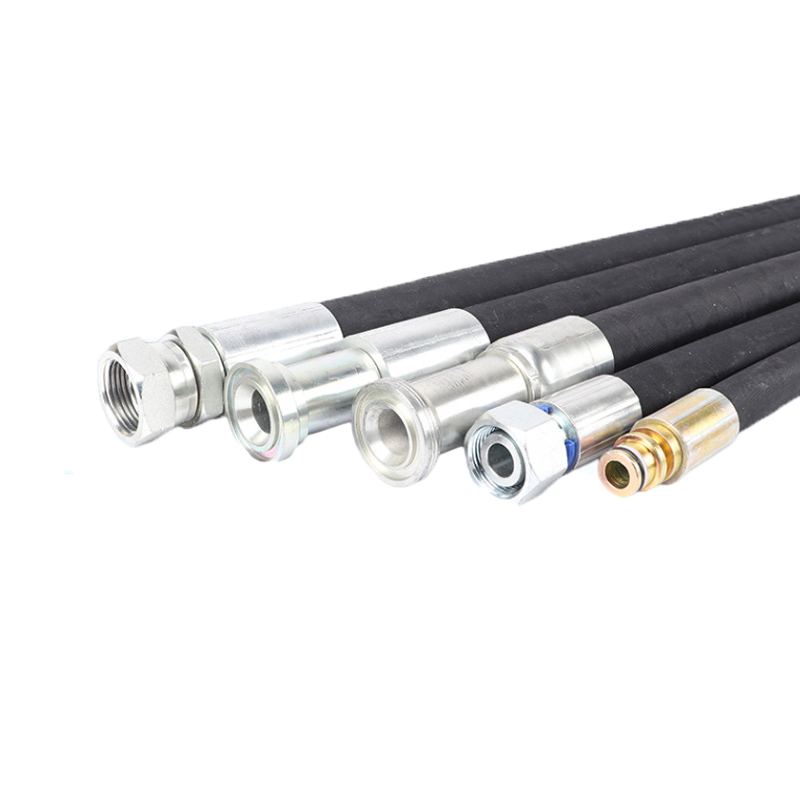Key features of a high-pressure air hose include
2024-04-28
A high-pressure air hose is a specialized hose designed to safely transport compressed air at elevated pressures. These hoses are commonly used in industrial settings, construction sites, and workshops where compressed air is needed to power tools and machinery.
Key features of a high-pressure air hose include:
1. Durability: High-pressure hoses are typically constructed from sturdy materials such as rubber or PVC reinforced with synthetic fibers or steel wire braids. This ensures they can withstand the high pressures without bursting or leaking.
2. Pressure Rating: These hoses are rated for specific pressure ranges, often denoted in pounds per square inch (psi) or bar. It's crucial to select a hose with a pressure rating suitable for the application to prevent accidents or damage.
3. Flexibility: While high-pressure hoses need to be robust, they should still be flexible enough to maneuver easily around obstacles and connect to various equipment.
4. Compatibility: Hoses come in different sizes and configurations to fit different air compressors and tools. Ensuring compatibility between the hose and the equipment it will be connected to is essential.
5. Safety Features: Many high-pressure hoses incorporate safety features such as pressure relief valves or quick-release couplings to prevent over-pressurization and ensure quick disconnection in emergencies.
6. Weather Resistance: Depending on the application, the hose may need to withstand exposure to various environmental factors like extreme temperatures, UV radiation, or chemicals. Weather-resistant materials and coatings can prolong the hose's lifespan.
7. Proper Maintenance: Regular inspection and maintenance are crucial to ensure the hose remains in good condition and operates safely. This includes checking for signs of wear, damage, or degradation and replacing the hose if necessary.
Overall, high-pressure air hoses play a vital role in many industrial processes, providing a safe and efficient means of delivering compressed air to where it's needed. Proper selection, installation, and maintenance are essential to ensure their safe and reliable operation.



